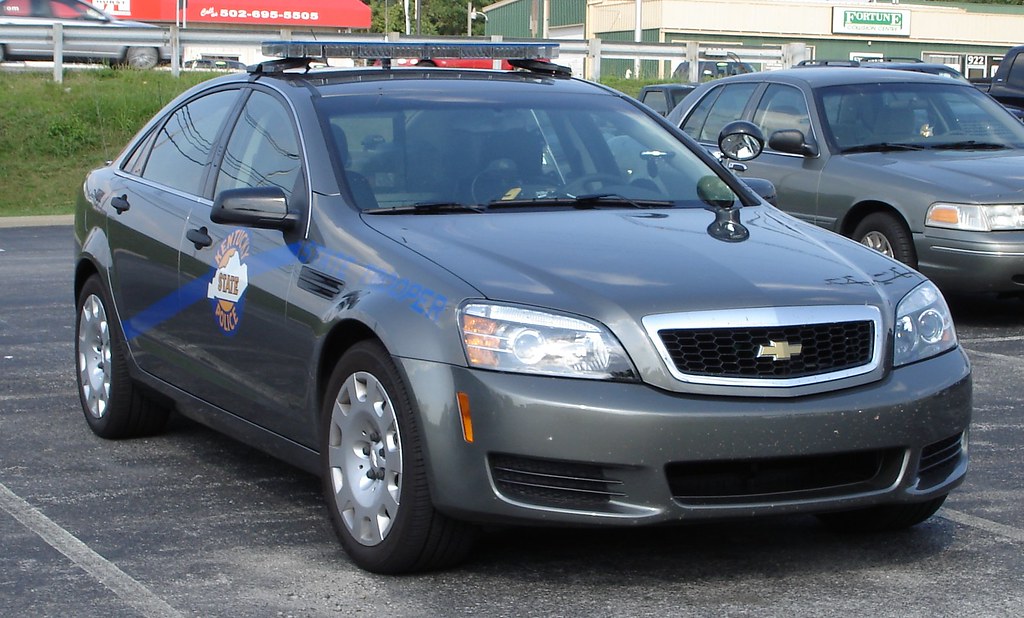

Pompano Beach Fire/Rescue/BSO (East & West)īroward County P25p2 Simulcast.

See feed information for additional details.

Located in Broward County Florida - presented by ĭispatch and Tactical radio for Fort Lauderdale Fire Rescue.

All Fire/Rescue Dispatches and Tac Channels.įULL Broward County Includes Hollywood PD, Pembroke Pines PD, Davie PD, Dania beach (BSO), Hallandale (BSO), Cooper City (BSO), Miramar (BSO), FLL Airport (BSO), Coral Springs PD, Sunrise Police ,Lauderhill Police, Plantation Police, Margate Police ,īroward County Sheriff The cities north of the I-595 includes Sunrise Police ,Lauderhill Police, Plantation Police, Margate Police, Parkland, Tamarac, Deerfield Beach, Pompano, Lauderdale by the Sea,, Coconut Creek, Lauderdale Lakes, Oakland Park,Ĭoral Springs Police and Fire Department - Coral Springs FD covers Parkland. Instead, they’ll opt to use plain English, especially when speaking with other departments who may not share their language.Monitoring fire tac / fireground channels in Broward Countyīroward County P25p2 Simulcast. In the spirit of interagency cooperation, police departments have begun phasing out 10-codes over the past decade. During these incidents, police must be able to communicate clearly with dispatch, fire and EMS while eliminating as much confusion and radio chatter as possible.
911 police scanner code#
The problem with having a nonstandard radio code system is that responding to large-scale events like natural disasters or mass-shootings requires teamwork between several agencies. Depending on where you’re from, a 10-33 police code could either mean spotting a traffic backup, or seeing a downed officer – which obviously aren’t two things you want to confuse. Though popular codes like “10-4” (“Affirmative”) are recognized everywhere, police radio codes can vary quite a bit between different areas. But the other form of police communications, 10-codes, are a different beast altogether. Those minor differences don’t really impede communication between departments. There’s also Tom versus Thomas, and Young versus Yellow. LAPD will say “Lincoln ” NYPD will say “Larry.” LAPD will say “Edward ” NYPD will say “Eddie.” Of course, there are some differences between departments. Police codes are meant to be similar enough that officers who transfer positions across the country will be able to understand them. Is the police alphabet the same everywhere? Police departments use a mixture of plain English, 10 codes and the phonetic alphabet in order to keep radio communication as brief as possible. However, since only person is able to speak at a time, it’s important that the channel is kept clear in case something urgent happens.Įven though spelling things out using the police alphabet may take slightly longer than using regular letters, it’s still more likely to reduce radio chatter by eliminating the need to repeat messages. Some areas share scanner traffic between agencies, which means that multiple units are listening in at any given time. Using the police alphabet makes what you’re trying to say more obvious, and minimizes error by clarifying the letters. Similar letters like D’s and B’s may sound the same over fuzzy radio traffic. Today, departments as far away as Houston and New York have adopted a form of the APCO alphabet, albeit with a few minor variations between them. In fact, the police alphabet may be even shorter and punchier than its military counterpart.įor example, officers save some extra syllables when they say:
911 police scanner license#
The police alphabet comes from an April 1940 newsletter released by the Association of Public-Safety Communications Officials-International, or APCO.Įven after the NATO alphabet came into use, local and state police departments continued to use the APCO police alphabet to transmit information such as license plate numbers over the radio. The police alphabet that used by officers is similar to the 1956 ICAO phonetic alphabet used by NATO-affiliated military organizations. plain language: The history and ongoing debate


 0 kommentar(er)
0 kommentar(er)
